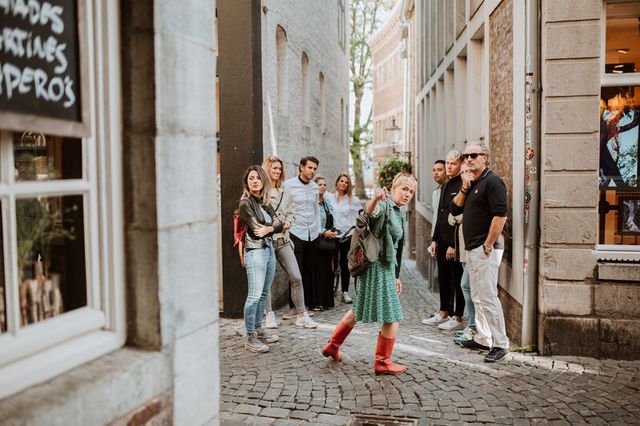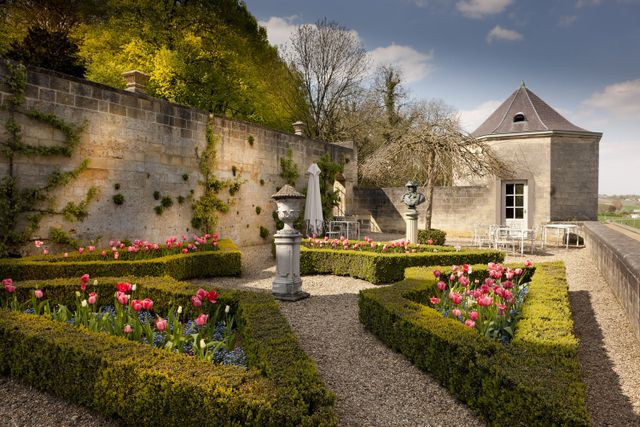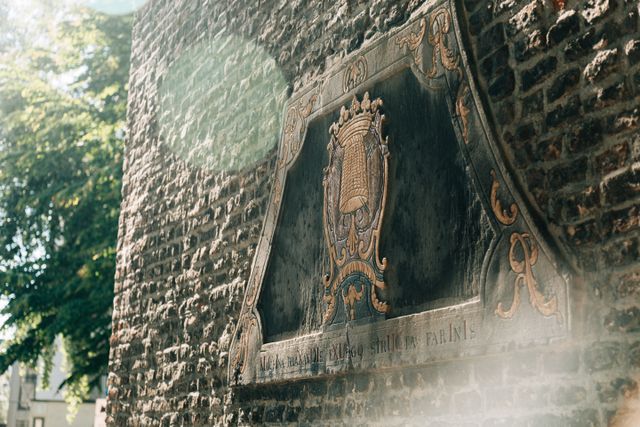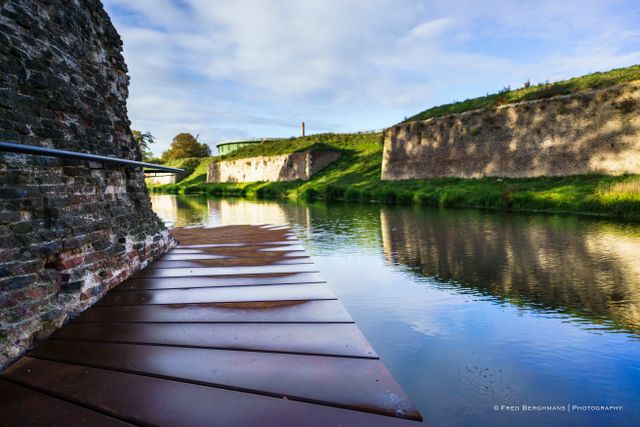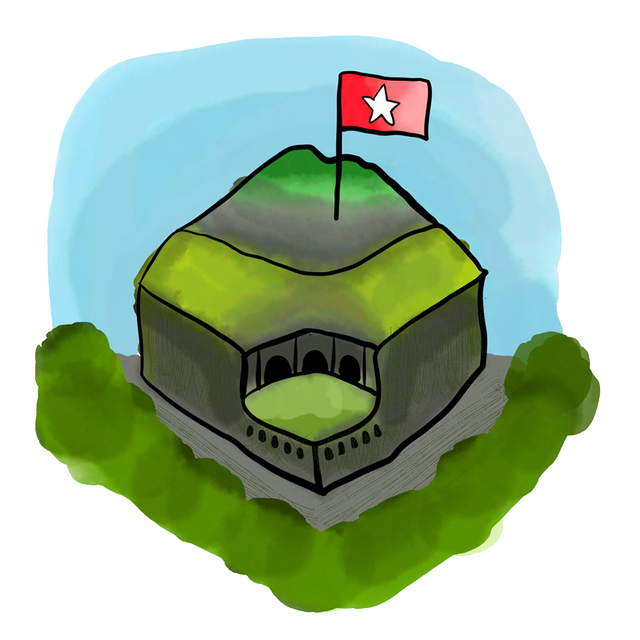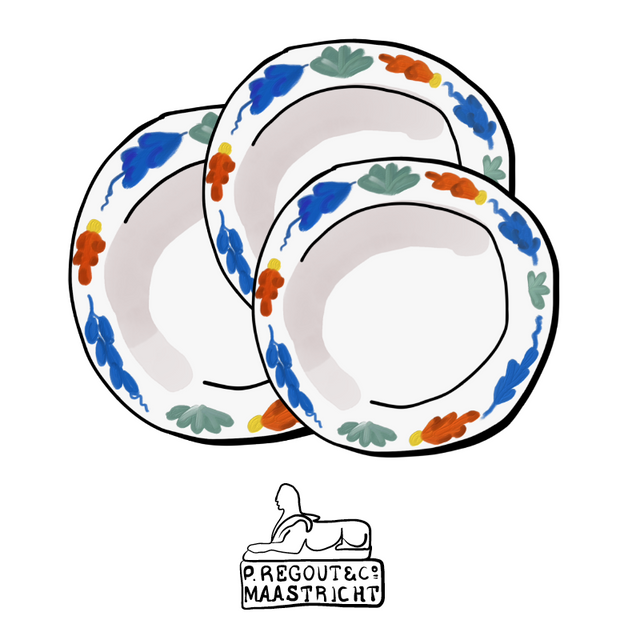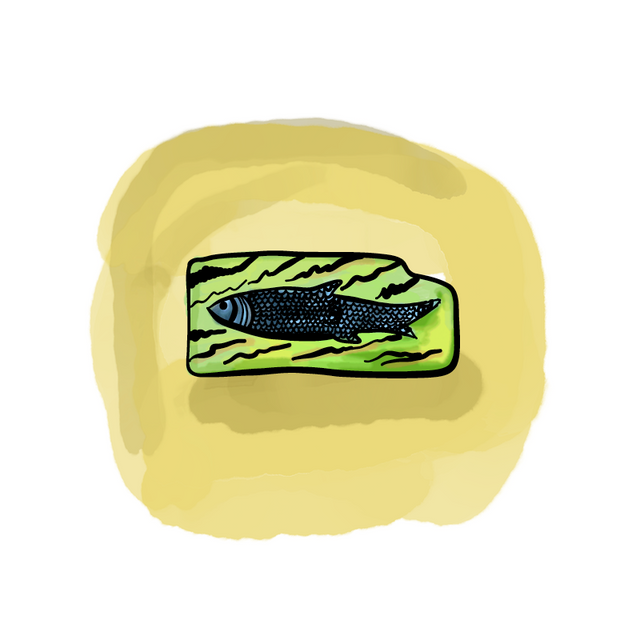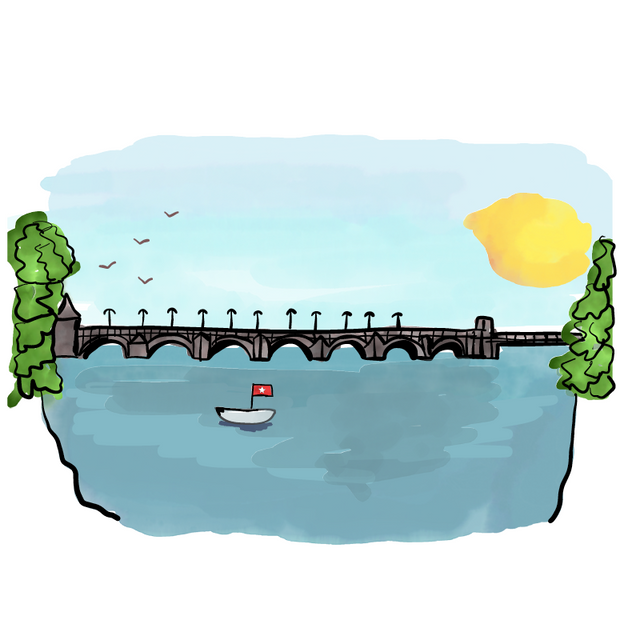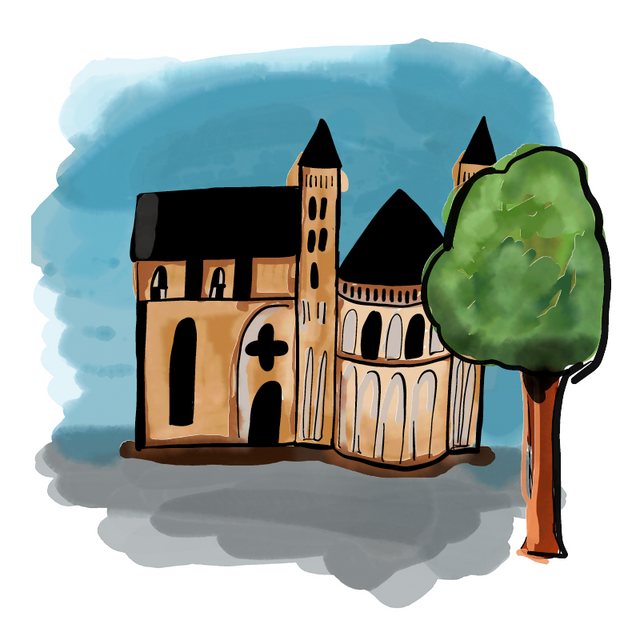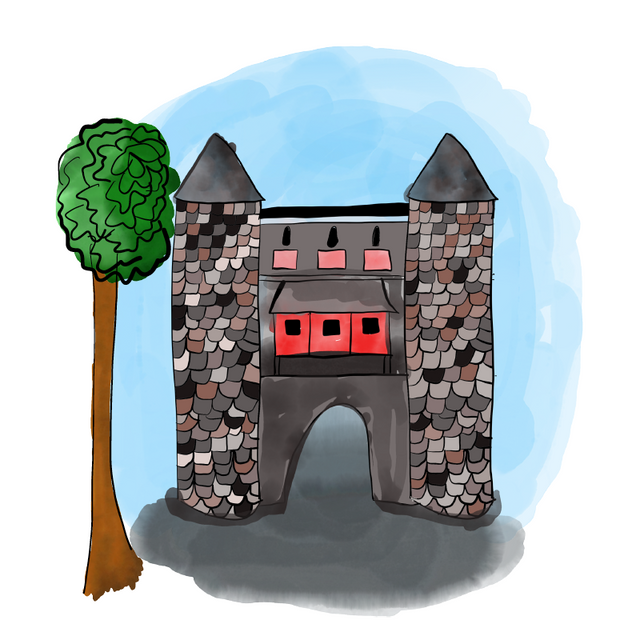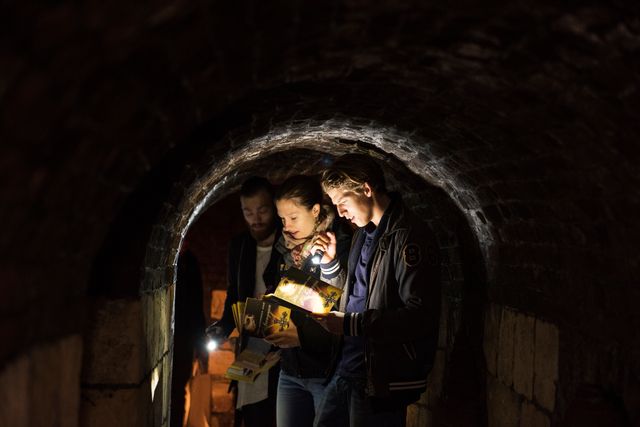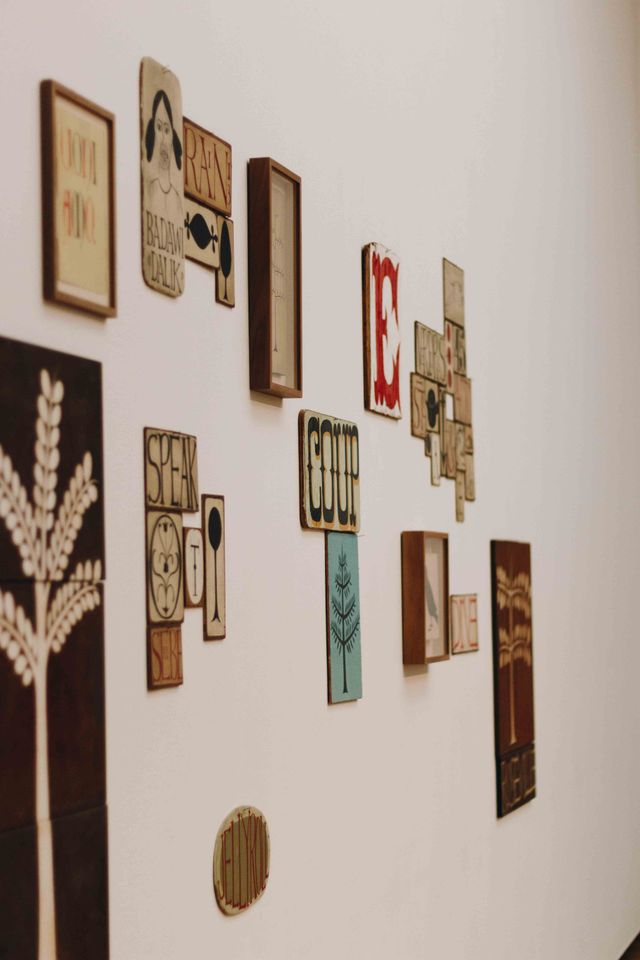Garrison of Maastricht
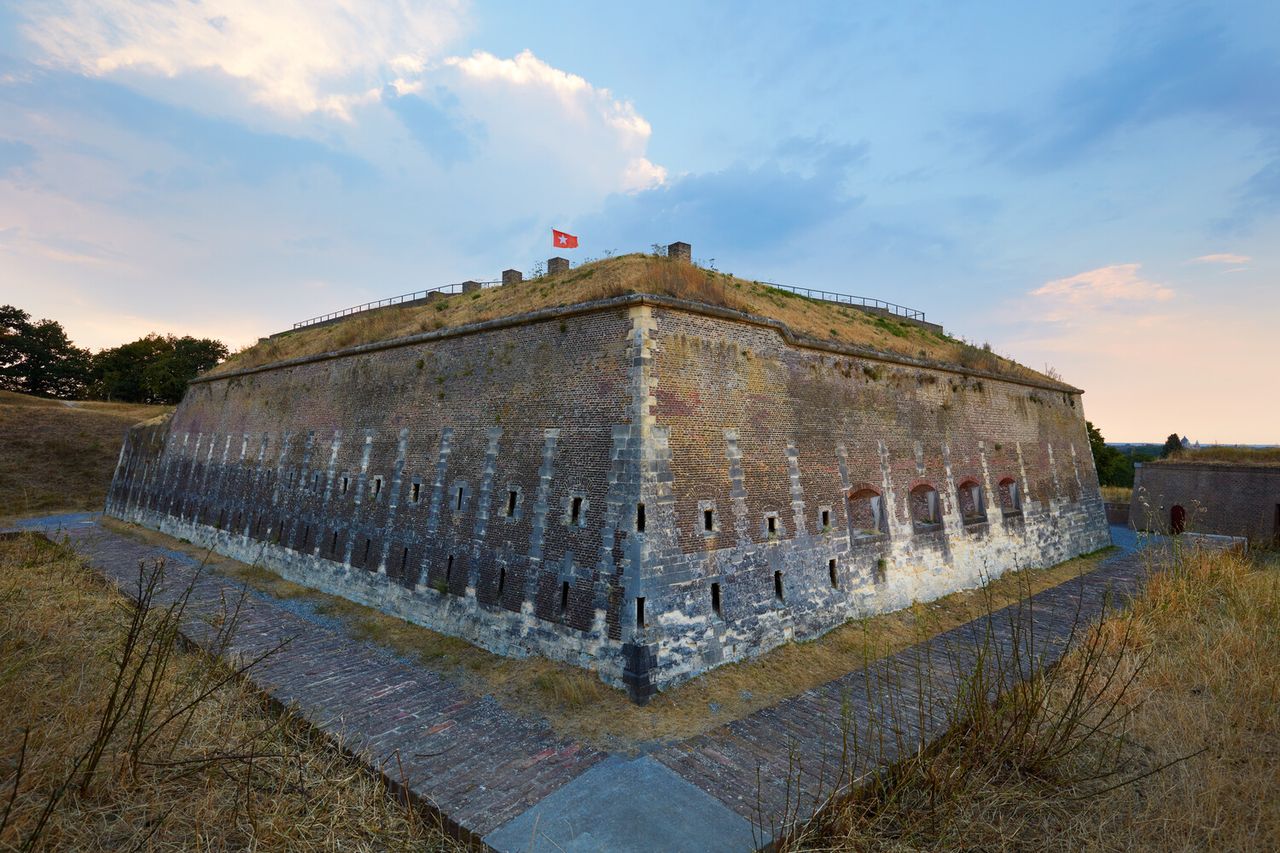
Military history
On Vrijthof square, you’ll find the former ‘Hoofdwacht’ (Main Guardhouse) In the 18th century, this was where the military changed guards. The high-ranking men in the army would be based here permanently, guarding the keys to the seven gates. Although you won’t encounter any military personnel here, the building can still be admired from the outside. Foot soldiers at that time lived in high barracks. Some of Maastricht’s street names, such as ‘Achter de Barakken’ (Behind the Barracks) and ‘Hoge Barakken’ (High Barracks), bear the traces of this history.
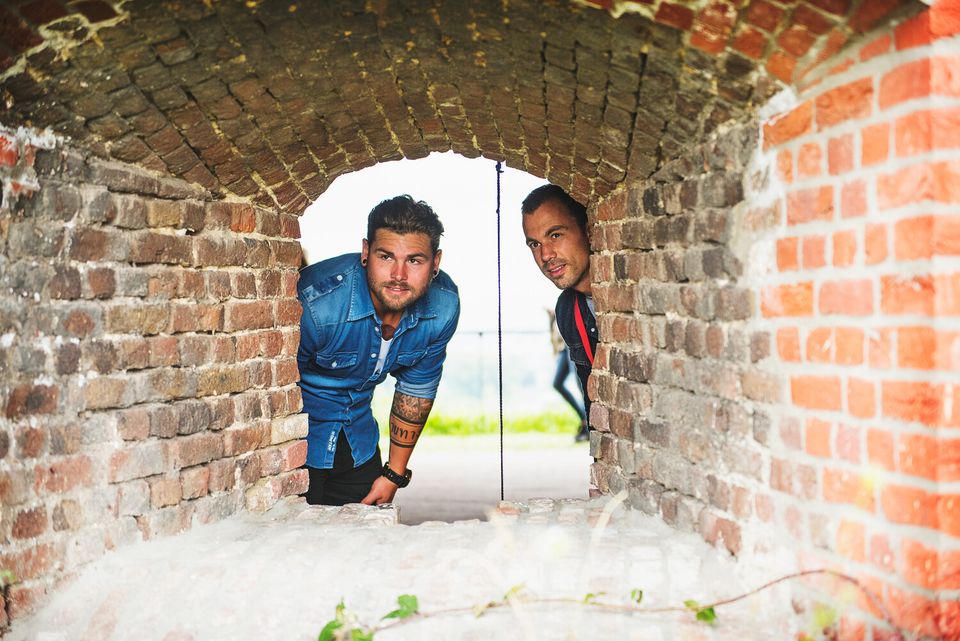

Roman bridge
The Roman bridge attracted the first real urbanites, as soldiers built a fortress between Vrijthof square and the Meuse. Safely within the walls of the fortress, they lived in wooden houses between the stone temples and bathhouses. Much of this Roman past is hidden underground. But there are lots of places in Maastricht where you can catch a glimpse of it. Between the end of the 16th and the beginning of the 18th century, thousands of uniformed soldiers marched daily along Maastricht’s cobblestone roads to protect the city against intruders. Its strategic location – on the Meuse and ‘Via Belgica’ – turned Maastricht into a major garrison. A large proportion of its residents were soldiers under alternating Spanish, French, or Dutch command.
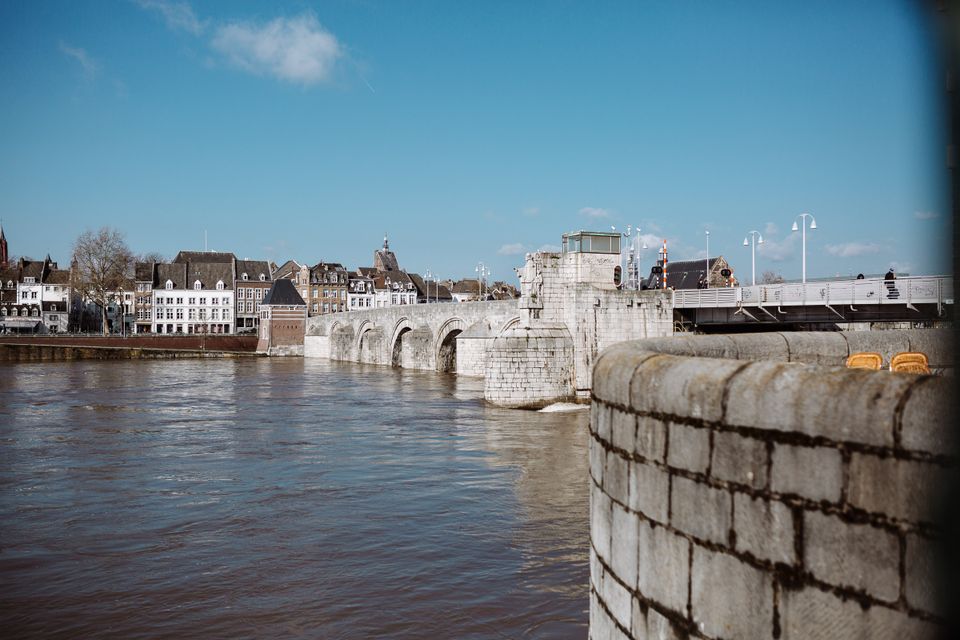
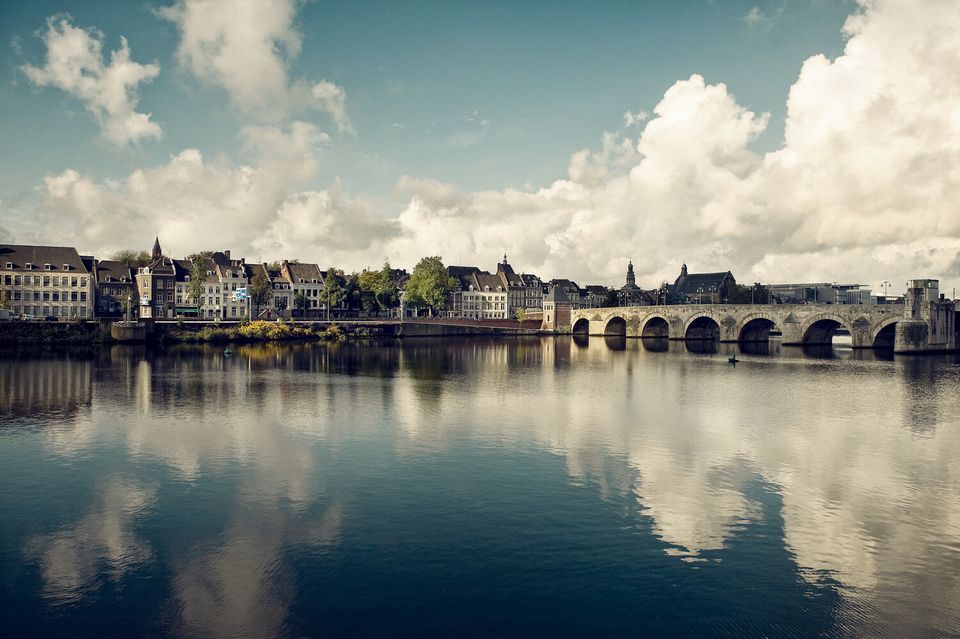
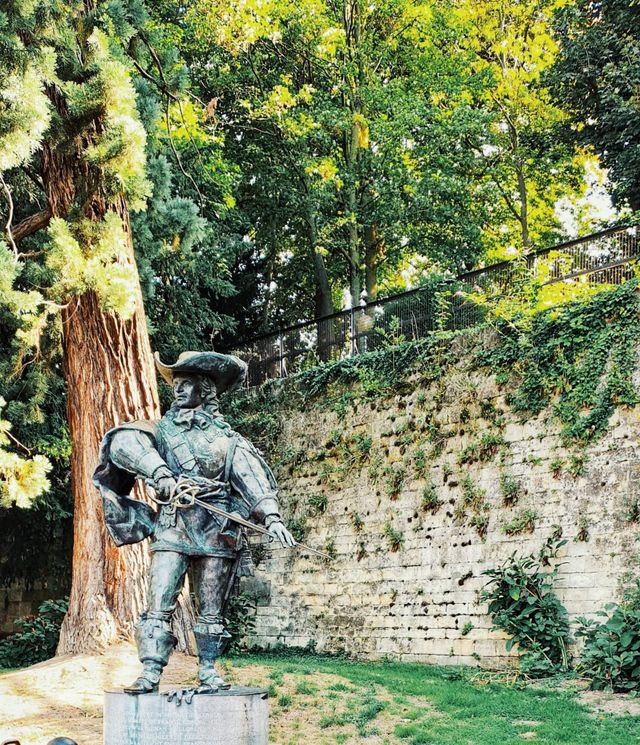
D’Artagnan
D’Artagnan might just be the Frenchman who is best known across the globe, thanks to the many stories and tales that feature him. This famous musketeer was born in Lupiac in South France and during his lifetime, he journeyed through Europe on horseback in service of Louis XIV. His career was abruptly ended when he was hit by a musket round during a siege of the fortress city of Maastricht. D’Artagnan is famous the world over and has a rich history in which Maastricht plays a prominent role. Maastricht’s city part features a statue of D’Artagnan.

